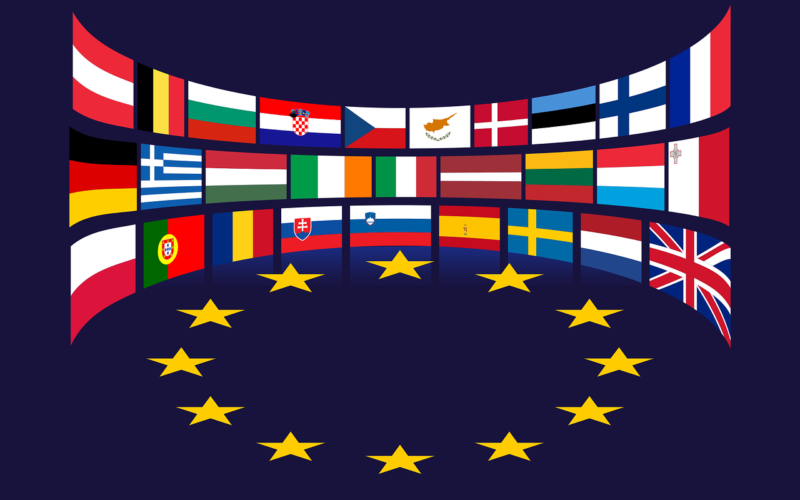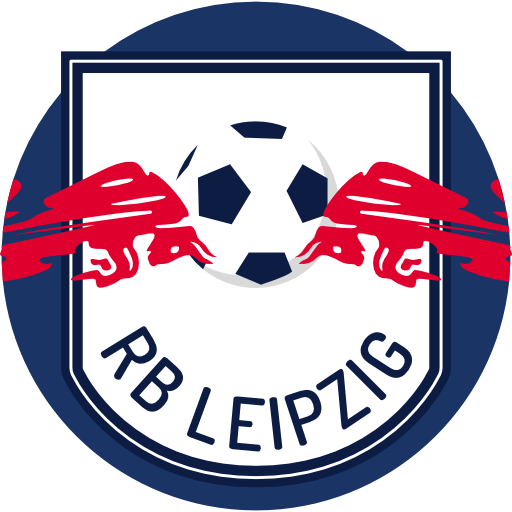The UEFA Euro 2020 qualifiers are over and we have 24 teams that are going to be in the tournament. For some, the format of this competition can get a tad confusing, especially this year. We have already covered a few pieces about the Euro 2020 qualifying playoffs. Still, it doesn’t hurt to know how the format of the rest of the qualifiers works.
These rules may seem convoluted, particularly when we compare it to the previous format of the competition. However, due to the pandemic and a few other circumstances, a few variations on the rules must be in place. So, without further ado, here are the rules for the UEFA Euro 2020 qualifiers.
Euro 2020 Qualified Teams: Group Stage
Let’s start by saying that no team received automatic qualification as hosts of the tournament. That means that all 55 teams that tried to qualify had to fight for it. There were ten groups of either five or six nations. Every group has a winner and a runner-up. Therefore, there are, per group, two teams that qualified for Euro 2020.
That makes 20 teams. The remaining 4 come from the playoffs. The format is almost identical to the one in the tournament of 2016, with one key difference.
Playoff Round
For the 2016 competition, 16 teams were competing in a mini-tournament to determine who gets the remaining 4 posts. Then, the aforementioned 16 were decided by their performance in the qualifying tournament. This is where things went slightly differently this time.
The teams with the best results in the 2018–19 UEFA Nations League were divided into 4 paths with 4 teams each. The winner of each path qualified for the Euro 2020. To keep things sweet and simple, both the semifinals and the finals were single-legged. This means that each team only had one shot at going forward.
So, the Nations League group winners immediately qualified for the playoff path. Now, the rules state that if a group winner has already qualified through the qualifying group stage, they will be replaced by the next best-ranked team in the same league.
What If It Were Close?
It depends on how close the teams were. There are a bunch of tiebreakers, making sure that every situation can be handled, including the teams having the same number of points in the group stage. Here are a few criteria to determine which team deserved to go forward.
Points
If two teams have the same number of points, the first thing the committee checks is the number of points the two teams obtained in their matches. In other words, their head-to-head stats.
GD
The next criterion is the superior goal difference between the two teams. Again, this only goes for the matches between those teams. The team with the better goal difference, naturally, is the one going forward.
Number of Goals
The third and fourth criteria deal with the goals each team scored. First in the matches between the teams and, if that doesn’t work, then in the away matches.
Bringing It Down to Two
Sometimes there are three or more teams with the same number of points. Going through the criteria we mentioned here might only weed out one or two of the teams, without resolving the winner. The fifth criterion demands to go through all of these again. This time, however, it’s for the last two teams standing. If the result isn’t satisfactory, then we move on to criterion 6.
GD Again
Yes, it is up to goal difference again. Only, this time, it concerns all of the group matches and not just individual clashes. This is the vein in which the rest of the rules follow. This is why we’ve decided to try and sum up the rest of the rules, as opposed to explaining them all individually again.
Higher and Fair
Rules 7-10 deal with a higher number of goals, away goals, wins, and away wins. If by some miracle the two teams still match point-for-point, there is the issue of fairness. Every yellow card is worth one point, a red card is worth three, and a yellow card followed by a direct red card is worth four points. Finally, if all else fails, the team with a better Nations League ranking goes forward.
Qualified Teams
Teams that qualified for Euro 2020, in alphabetical order, are Austria, Belgium, Croatia, Czech Republic, Denmark, England, Finland, France, Germany, Hungary, Italy, Netherlands, North Macedonia, Poland, Portugal, Russia, Scotland, Slovakia, Spain, Sweden, Switzerland, Turkey, Ukraine, and Wales.
The playoffs allowed 4 teams to prove their worth in the tournament. You can read more about those matches in our previous posts. Hungary defeated Iceland with 2-1. No surprise there. On the other hand, it seems that Slovakia did manage to shape up with a new training regime under Stefan Tarkovic. This is going to be of great use to the national team when they take on others in the competition next year.
Scotland won their match against Serbia, but the match was not easy. In fact, after a draw, they won on penalties 5-4. That may have been too close for comfort for the Scotts. Last, but not least, North Macedonia beat Georgia in the final with a single goal.
When Will the Matches Take Place?
The summer of 2021 is the time for the games. The first match of the group stage is going to take place on June 11 between Turkey and Italy. June 23 is when the fans are going to be able to watch the last four matches: two from group E and two from group F. Round of 16 starts June 26 and ends June 29. Quarterfinals are scheduled for July 2 and 3. The last four teams standing are going to the semifinals on July 6 and 7. Lastly, the final match starts on July 11.













